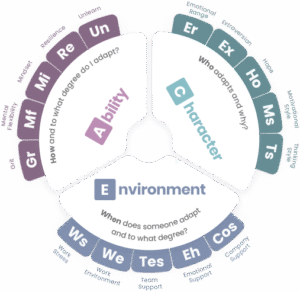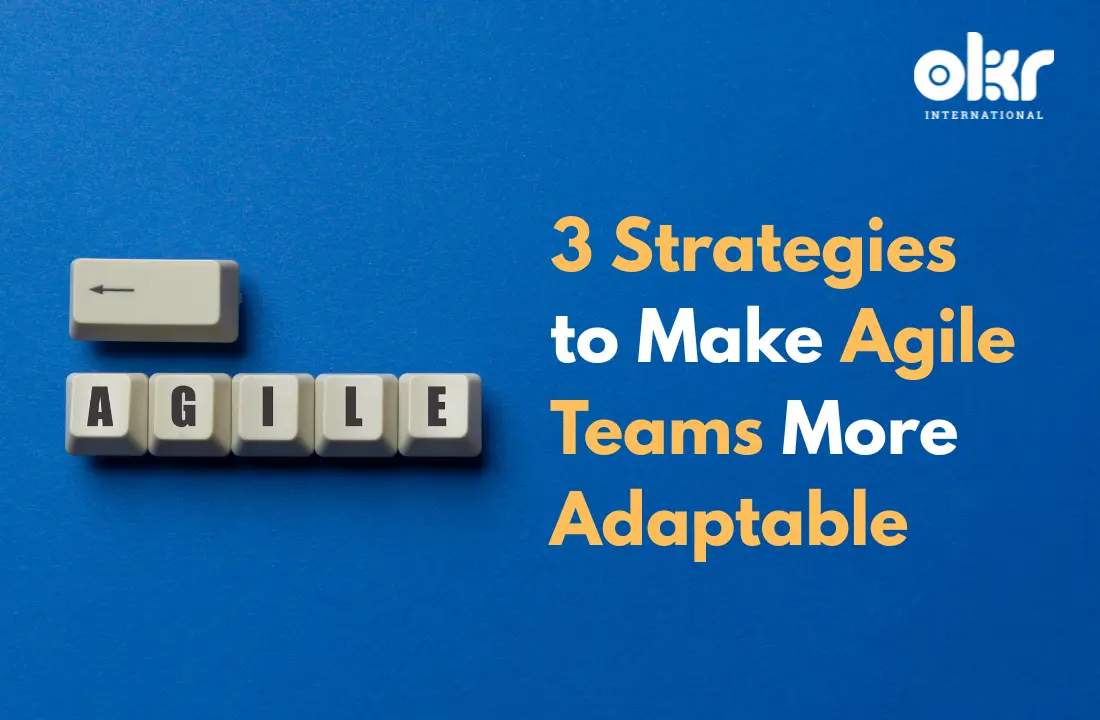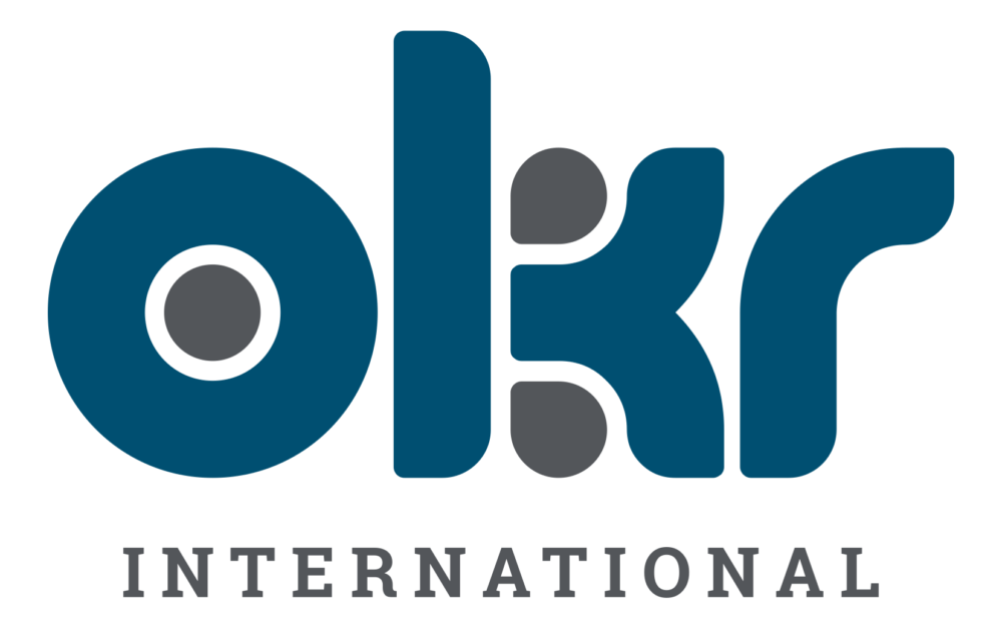Introduction: Why Agile Teams Must Develop Adaptability
Agile methods help teams deliver faster, collaborate cross-functionally, and manage complexity. But agility alone is not enough in today’s volatile, fast-changing environment.
What’s missing? Adaptability, the behavioral, emotional, and mental capacity to adjust to uncertainty, disruption, and evolving demands.
According to AQai, adaptability is defined as “the ability to adjust one’s thoughts and behaviors in response to uncertainty, new information, or changing circumstances.” This isn’t just a soft skill – it’s a performance multiplier.
Research Insight:
A 2021 McKinsey study found that organizations with high adaptability capabilities were 3.6 times more likely to outperform their peers during economic shocks or major change events.
For agile teams, adaptability shows how quickly members can:
- Let go of obsolete methods (unlearning)
- Embrace ambiguity (resilience)
- Innovate through curiosity (mental flexibility)
- Sustain high performance across remote or hybrid work environments (emotional health and support)
This article introduces three strategies based on the AQai model and current research that will help you:
- Build sustainable agile team adaptability
- Foster psychological safety
- Embed learning agility into daily practice
- Connect adaptability to business outcomes like speed, retention, and innovation
Let’s start with the first strategy: focusing on learning agility and the often-overlooked practice of unlearning.
1. How to Build Learning Agility and Practice Unlearning in Agile Teams
Many agile teams are great at delivery, but poor at letting go.
When rituals become rigid and legacy processes linger, adaptability declines. High-performing teams must build not only learning agility – the ability to apply new knowledge in changing contexts – but also their lesser-known partner: unlearning.
Definition from AQai:
Unlearning is the capacity to discard outdated mental models, behaviors, or processes to make room for more effective ones.
This is essential for maintaining agile adaptability in fast-moving environments.
Common Challenges
Agile teams often struggle with:
- Change resistance: “We’ve always done it this way.”
- Identity threats: Letting go of expert knowledge feels risky.
- Fear of disruption: Teams avoid changes that might slow progress, even when change is needed.
How to Overcome It
- Make unlearning visible
Dedicate time in retros to ask:
- “What practices no longer serve us?”
- “Where have we seen diminishing returns?”
- Model it from leadership
Leaders must demonstrate unlearning in real-time. For example:
- “I used to think X was the best approach, but I’ve changed my view.”
- Build a Growth Mindset culture
Drawing from Carol Dweck’s research, reward effort and iteration over correctness. This fosters a team culture where it’s safe to revise assumptions. - Introduce micro-experiments
Encourage teams to test new approaches in small, low-risk ways – then scale what works.
AQai Connection
- Dimension: Ability
- Relevant Sub-Dimensions:
- Unlearning – letting go of obsolete practices
- Mental Flexibility – considering alternative perspectives
- Mindset – adopting a growth-oriented, learning-driven approach
Download Sample Report
Business Outcomes Linked to This Strategy
- Faster product innovation
- Reduced process waste and rework
- More creative problem-solving
- Increased team confidence in handling change
2. Strengthening Psychological Safety and Resilience in Agile Environments
Why This Strategy Matters
Agile work thrives on iteration, feedback, and collaboration. But none of this is sustainable without a foundation of psychological safety and resilience.
Teams without these foundations:
- Avoid risk and innovation
- Burn out under pressure
- Struggle with morale, especially in remote or hybrid contexts
Psychological safety allows team members to speak up, ask for help, admit mistakes, and challenge ideas – all without fear. Resilience enables them to recover from stress, setbacks, or failure with clarity and strength. Together, these are essential to agile adaptability.
Research Insight
Google’s Project Aristotle identified psychological safety as the number one factor in high-performing teams. Without it, collaboration breaks down.
AQai defines resilience as the ability to recover quickly from setbacks and stay grounded under pressure. High-resilience teams can navigate fast change without losing effectiveness.
Common Challenges
Agile teams often face:
- Fatigue or disengagement in virtual settings
- Low trust in leadership or peers
- Fear of being blamed or judged for mistakes
- Unclear communication of expectations and emotional needs
How to Overcome It
- Build safety into rituals
Open every planning session or retrospective with a short emotional check-in. Ask:
- How are you feeling coming into this sprint?
- What support would be helpful?
- Model vulnerability from leadership
Team leads should normalize uncertainty. For example:
- Here is something I am unsure about right now.
- I learned something the hard way this week.
- Facilitate blameless reviews
In sprint reviews or project debriefs, frame discussions around:
- What worked
- What we learned
- What we will try differently
- Use team health checks
Implement lightweight surveys (weekly or monthly) that track team confidence, clarity, and energy levels. Review these together.
AQai Connection
- Dimension: Ability and Environment
- Relevant Sub-Dimensions:
- Resilience – ability to bounce back from stress or failure
- Emotional Health – capacity to manage and process emotions at work
- Work Stress – degree to which pressure supports or hinders performance
- Team Support – strength of peer relationships and collaboration
Download Sample Report
Business Outcomes Linked to This Strategy
- Improved employee retention
- Greater innovation and risk-taking
- Higher engagement in retrospectives and sprint planning
- Faster recovery from delivery delays or product issues
3. Lead with Curiosity to Improve Agile Adaptability and Systems Thinking
Why This Strategy Matters
Agile teams are designed to move quickly – but that speed can become short-sighted if curiosity and critical thinking are not part of the process.
Adaptive leadership focuses less on control and more on enabling learning, exploration, and system awareness. This requires leaders who ask questions instead of providing answers, and teams that are encouraged to look beyond their own workstreams.
Curiosity helps teams identify emerging patterns, uncover blind spots, and remain open to new possibilities. Systems thinking helps them see how their decisions ripple across products, people, and customers.
Together, these traits strengthen agile adaptability – not just reacting to change, but anticipating it.
Common Challenges
- Leaders default to giving answers instead of asking questions
- Agile teams focus narrowly on sprint goals, ignoring long-term or cross-functional impacts
- Siloed communication leads to duplicated effort and missed dependencies
How to Overcome It
- Shift from answers to questions
Encourage leaders and Scrum Masters to ask:
- What else might be true here?
- Where might we be wrong?
- What is a small experiment we could try?
- Use story mapping and retros to explore systems
After a sprint, map the upstream and downstream impacts of team decisions. Ask:
- How did our work affect other teams or the customer?
- What could improve our system-wide visibility?
- Invite diverse perspectives
Rotate roles in retrospectives. Involve people outside the team – like designers, analysts, or customer support – in quarterly reviews. - Normalize uncertainty
Adaptive leaders build confidence in ambiguity. They help teams navigate complexity instead of trying to remove it.
AQai Connection
- Dimension: Character and Environment
- Relevant Sub-Dimensions:
- Thinking Style – how open the team is to new perspectives and big-picture thinking
- Hope – belief that effort leads to future success
- Team Support – encouragement of collaborative thinking
- Company Support – space provided for experimentation and reflection
Download Sample Report
Business Outcomes Linked to This Strategy
- Fewer missed dependencies across teams
- Improved cross-functional collaboration
- Faster decision-making with less escalation
- Increased innovation and employee engagement
Summary: Connecting Strategies to AQai and Business Impact
The most successful agile teams are not just fast or efficient. They are adaptable – able to evolve how they think, work, and lead in the face of constant change. Each of the three strategies you’ve explored builds core adaptability traits across the

AQai ACE model:
| Strategy | AQ Dimensions | Sub-Dimensions | Outcomes |
| Build Learning Agility and Unlearning | Ability | Unlearning, Mental Flexibility, Mindset | Faster innovation, less waste |
| Strengthen Psychological Safety and Resilience | Ability & Environment | Resilience, Emotional Health, Work Stress, Team Support | Higher engagement, retention, and recovery speed |
| Lead with Curiosity and Systems Thinking | Character & Environment | Thinking Style, Hope, Team Support, Company Support | Better collaboration, improved decision-making, systems awareness |
When practiced together, these strategies create what AQai calls an Adaptability Flywheel – a self-reinforcing cycle that drives growth, learning, and resilience.
Conclusion: Agile Teams Need Adaptability to Thrive in the Future
Frameworks like Scrum and Kanban are powerful tools. But they are not enough on their own.
Agile adaptability – the ability to adjust thinking, behavior, and systems in response to change – is what separates high-performing teams from those that burn out or stall.
By building unlearning, psychological safety, and curiosity into your team culture, you do more than deliver faster – you create teams that are:
- Resilient under pressure
- Engaged through uncertainty
- Innovative in the face of disruption
These are not just soft skills. They directly impact on product delivery, customer satisfaction, and business performance.
Next Step: Measure and Develop Your Team’s Adaptability
Adaptability is not a fixed trait. It is a skill – and every team can develop it.
To take action, start by understanding where your team stands today.
- Identify your team’s adaptability strengths and gaps
- See how you compare across the 17 AQ sub-dimensions
- Get practical recommendations tailored to your context
- Want to assess your team’s AQ profile?
- Looking to run an AQ-powered leadership program or workshop?
- Curious how your organization scores across the ACE model (Ability, Character, Environment)?
Download Sample Report: AQme (Personal Adaptability Quotient – Sample) | AQTeam (Team AQ Sample)
Email: info@okrinternational.com
WhatsApp DM: +971 55 216 0708



